#Yalta architecture
Explore tagged Tumblr posts
Text
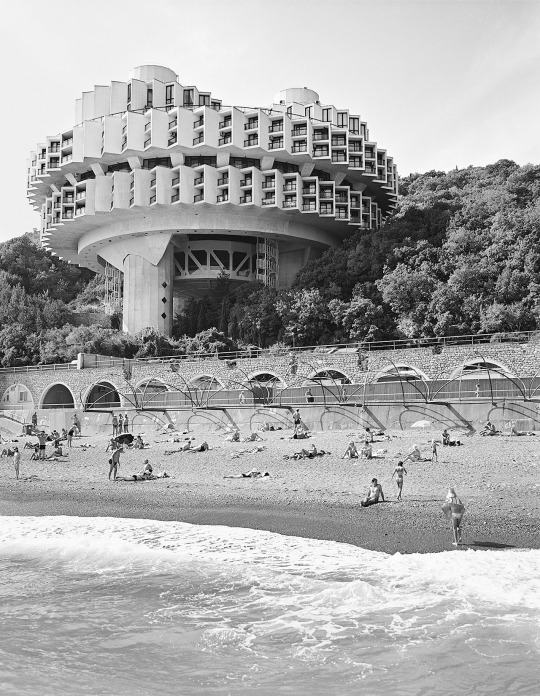
Druzhba Sanatorium (health spa), Yalta, Ukraine, 1985. Designed by Igor Vasilevsky.
(Design Milk)
613 notes
·
View notes
Photo
100 years ago:

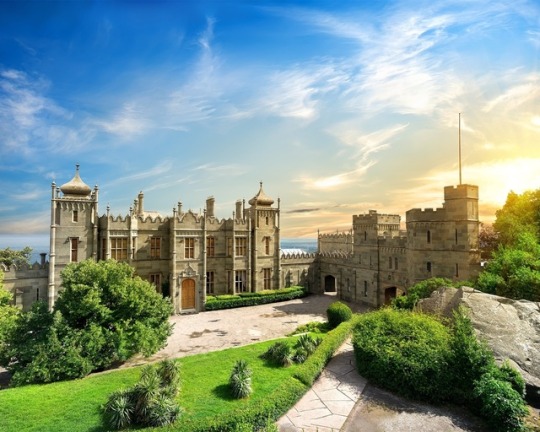
Vorontsov Palace, Yalta, Crimea, Russia
#ukraine#patrimoine#carte postale#chateau#russian#old#architecture#schloss#russia#vorontsov#vintage#yalta#castle#photography#monument#palais#postcard#crimea#photo#palace#alupka
180 notes
·
View notes
Video
youtube
Крым Ялта, архитектура исторического центра города. Yalta, the architect...
#Yalta#Crimea#Yalta view#Yalta embankment#Yalta architecture#museums of Yalta#Yalta center#Ялта#центр Ялты#архитектура Ялты#Крым#набережная Ялты#Ялта набережная#музеи Ялты#отдых в Ялте#Ялта отдых#Ялта море#monuments of Yalta#памятники Ялты#Ялта бювет
1 note
·
View note
Text

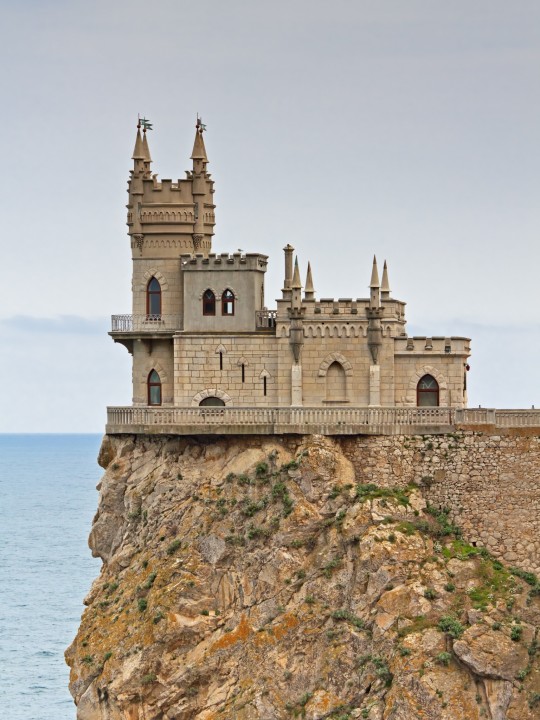
Swallow's Nest, Gaspra, Yalta, Crimea
(A.Savin)
#gothic#gothic architecture#gothic castle#neo gothic#gothic revival#gaspra#yalta#crimea#ukraine#russia
8 notes
·
View notes
Photo
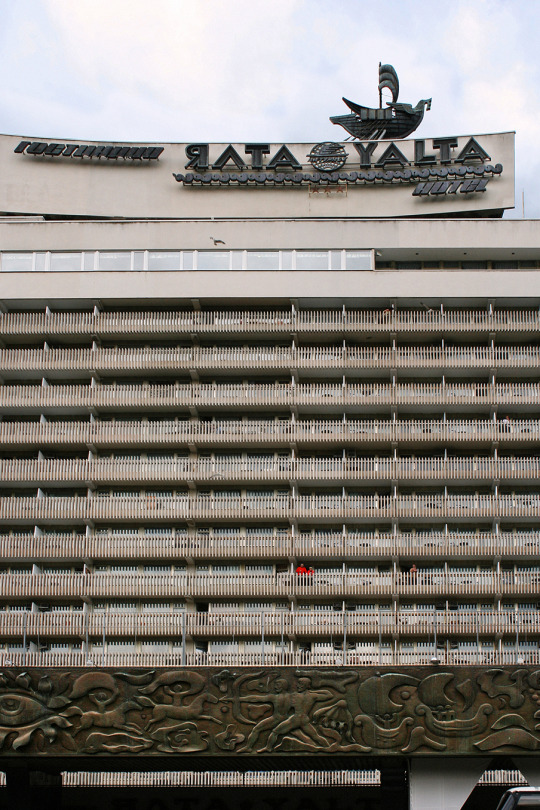
Hotel Yalta Intourist · Yalta / Ялта · Crimea 2008
147 notes
·
View notes
Photo

A Soviet’s take on modernist architecture: the Druzhba Sanatorium in Yalta, Crimea (Ukraine). Designed by architect Igor Vasilevsky and Yuriy Stefanchuk in the 80s.
Photographed by Frédéric Chaubin, who published a recommended book about communist architecture.
#architecture#soviet#brutalism#modernism#Druzhba#sanatorium#Yalta#Crimea#Ukraine#Igor Vasilevsky#design#hotel#beach#concrete#structure#Frédéric Chaubin
123 notes
·
View notes
Photo
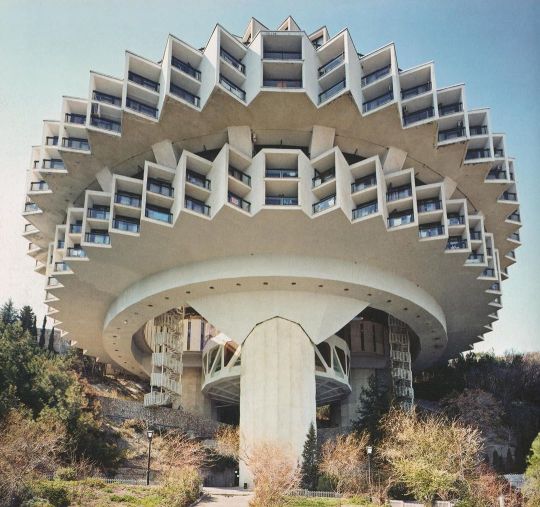
Caption this structure! Druzhba Recreation and Retreat Centre in #Yalta #Ukraine. Architect? (📸 by: Frédéric Chaubin) Post by: @hamithz & @pa.next ——————————————————————— * Submit your project to publish on PA (+599K) * Turn ON Post Notifications to see new content * Instagram 👉🏼 instagram.com/parametric.architecture * Linkedin: 👉🏼 linkedin.com/company/parametric.architecture * Website: 👉🏼 www.parametric-architecture.com * Facebook: 👉🏼 facebook.com/parametric.archi * Pinterest: 👉🏼 pinterest.com/parametricarchitecture * YouTube: 👉🏼 youtube.com/parametricarchitecture * Twitter: 👉🏼 twitter.com/parametricarch ——————————————————————— #digitaldesign #design #designer #parametric #grasshopper3d #rhinoceros3d #parametricarchitecture #parametricdesign #parametricism #architecture #architect #archilovers #architectureporn #architecturephotography #mimar #mimarlik #arquitectura #awesomeshots #amazingshot #library #librarydesign #photoshoots #photooftheday #projectoftheday #photographer #computationaldesign https://www.instagram.com/p/CDZoT-1p-Ms/?igshid=1dn61734ihv06
#yalta#ukraine#digitaldesign#design#designer#parametric#grasshopper3d#rhinoceros3d#parametricarchitecture#parametricdesign#parametricism#architecture#architect#archilovers#architectureporn#architecturephotography#mimar#mimarlik#arquitectura#awesomeshots#amazingshot#library#librarydesign#photoshoots#photooftheday#projectoftheday#photographer#computationaldesign
9 notes
·
View notes
Text

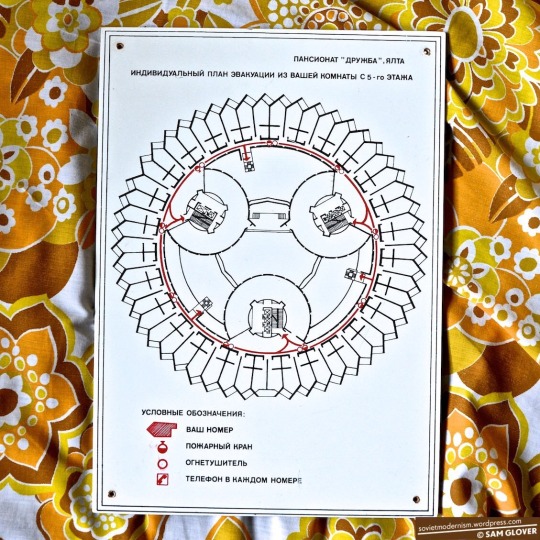
Druzhba Sanatorium, Yalta, built in 1986, designed by famous Soviet architect Igor Vasilevsky
1 note
·
View note
Photo
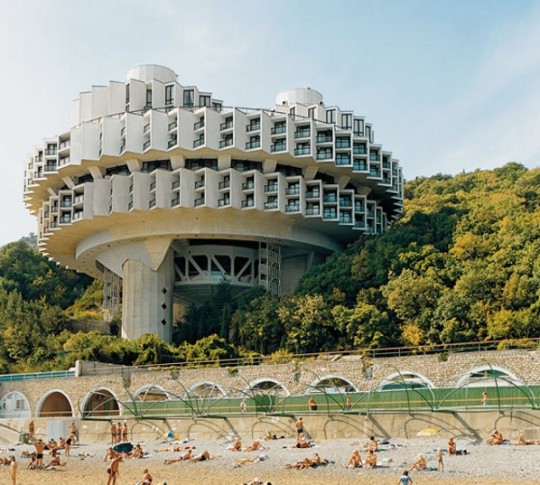
Druzhba Sanatorium by Igor Vasilievsky
9 notes
·
View notes
Photo
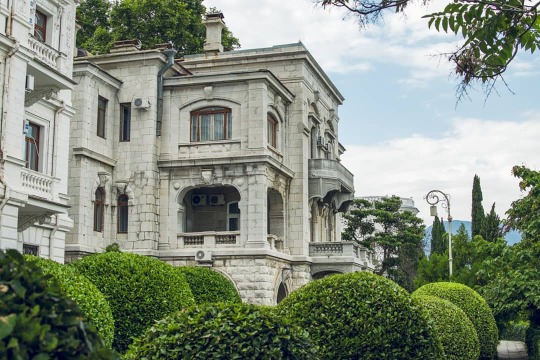
Ливадийский дворец . . . . #crimea #summer #palace #yalta #livadia #photographer #photography #architecture #architecturephotography #крым #лето #ялта #ливадия (at Ливадийский дворец) https://www.instagram.com/p/B5NmbheCqXA/?igshid=1v3kwxbw0n5l6
#crimea#summer#palace#yalta#livadia#photographer#photography#architecture#architecturephotography#крым#лето#ялта#ливадия
0 notes
Photo

⠀..."Здравствуйте, я сэр Макс из Ехо", - ты повторяешься бесконечное множество раз на дню; среди твоих слушателей для тебя не нашлось успеха, равно как и не нашлось его в этом твоём бою. Хватит цепляться за память, Макс, - это не спасательный круг, лучше уже не будет. Твоим создателем, богом оказался хороший учитель и замечательный друг, и, кроме тебя, за правду его никто не осудит... ���⠀⠀ #2019 #Crimea #Yalta #чеховскаяосень2019 #autumn2019 #beautifultime #instatag #nature #birds #philosophy #architecture #literature #максфрай #feathe (at Yalta) https://www.instagram.com/p/B4wcQEipKBy/?igshid=1s8rg23bgb680
#2019#crimea#yalta#чеховскаяосень2019#autumn2019#beautifultime#instatag#nature#birds#philosophy#architecture#literature#максфрай#feathe
0 notes
Photo

The Swallow's Nest, Gaspra, Crimean Peninsula
#art#design#Architecture#castle#nest#swallow's nest#gaspra#crimea#sea#luxury homes#luxury#folly#yalta#alupka#peninsula
667 notes
·
View notes
Video
youtube
Ялта 1 ноября цветущая и солнечная. Архитектура настоящего и прошлого. К...
#Yalta tourism#Ялта#Крым#Ялта отдых#Крым отдых#Крым туризм#Ялта туризм#Ялта климат#Ялта погода#Ялта курорт#Ялта столовые#Ялта рестораны#Yalta embankment#Yalta center#Ялта центр#Yalta in the fall#Yalta architecture#новая Ялта#старая Ялта#Yalta sea#Yalta panorama#Yalta excursions#Yalta hotels#Yalta restaurants#Yalta canteens#Yalta attractions#жилье в Ялте#длома в Ялте#квартиры в Ялте#аренда в Ялте
0 notes
Photo





Crimea. Yalta
#crimea#yalta#old city#old town#architecture#nature#flowers#blooming#summer#south city#magnolia#oleander#vintage#rooftop#details#decor#modernism#scenery#outdoors#aesthetic
10 notes
·
View notes
Text
The Realism in K Project - The Bombings of Dresden
These days are a time to celebrate our love for our friends and K Project, but also to remember some history. It was during the days of February 13th to 15th 1945 in fact, that the events leading to the start of K Project's story took place: the Bombings of Dresden.

Did you know that K Project is inspired by a real event that took place in World War II?
From February 13 to February 15, 1945, during the final months of World War II (1939-45), Allied forces bombed the historic city of Dresden, located in eastern Germany. The bombing was controversial because Dresden was neither important to German wartime production nor a major industrial center, and before the massive air raid of February 1945 it had not suffered a major Allied attack. By February 15, the city was a smoldering ruin and an unknown number of civilians—estimated at somewhere between 35,000 and 135,000–were dead.

Bombing of Dresden: Background
By February 1945, the jaws of the Allied vise were closing shut on Nazi Germany. In the west, Nazi leader Adolf Hitler’s (1889-1945) desperate counteroffensive against the Allies in Belgium’s Ardennes forest had ended in total failure. In the east, the Red army had captured East Prussia and reached the Oder River, less than 50 miles from Berlin. The once-proud Luftwaffe was a skeleton of an air fleet, and the Allies ruled the skies over Europe, dropping thousands of tons of bombs on Germany every day.
From February 4 to February 11, the “Big Three” Allied leaders–U.S. President Franklin Roosevelt (1882-1945), British Prime Minister Winston Churchill (1874-1965) and Soviet Premier Joseph Stalin (1878-1953)–met at Yalta in the USSR and compromised on their visions of the postwar world. Other than deciding on what German territory would be conquered by which power, little time was given to military considerations in the war against the Third Reich. However, Churchill and Roosevelt did promise Stalin to continue their bombing campaign against eastern Germany in preparation for the advancing Soviet forces.

World War II and Area Bombing
An important aspect of the Allied air war against Germany involved what is known as “area” or “saturation” bombing. In area bombing, all enemy industry–not just war munitions–is targeted, and civilian portions of cities are obliterated along with troop areas. Before the advent of the atomic bomb, cities were most effectively destroyed through the use of incendiary bombs that caused unnaturally fierce fires in the enemy cities. Such attacks, Allied command reasoned, would ravage the German economy, break the morale of the German people and force an early surrender.
Germany was the first to employ area bombing tactics during its assault on Poland in September 1939. In 1940, during the Battle of Britain, the Luftwaffe failed to bring Britain to its knees by targeting London and other heavily populated areas with area bombing attacks. Stung but unbowed, the Royal Air Force (RAF) avenged the bombings of London and Coventry in 1942 when it launched the first of many saturation bombing attacks against Germany. In 1944, Hitler named the world’s first long-range offensive missile V-1, after “vergeltung,” the German word for “vengeance” and an expression of his desire to repay Britain for its devastating bombardment of Germany.
The Allies never overtly admitted that they were engaged in saturation bombing; specific military targets were announced in relation to every attack. However, it was but a veneer, and few mourned the destruction of German cities that built the weapons and bred the soldiers that by 1945 had killed more than 10 million Allied soldiers and even more civilians. The firebombing of Dresden would prove the exception to this rule.
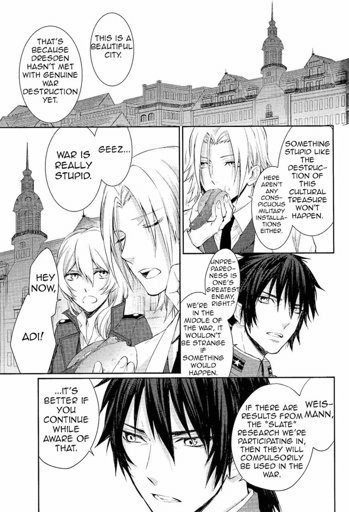
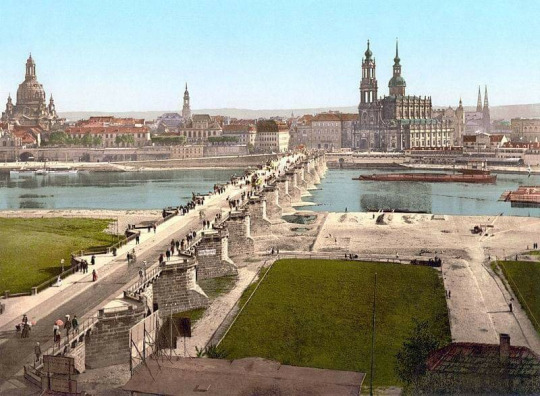
Bombing of Dresden: February 1945
Before World War II, Dresden was called “the Florence of the Elbe” and was regarded as one the world’s most beautiful cities for its architecture and museums. Although no German city remained isolated from Hitler’s war machine, Dresden’s contribution to the war effort was minimal compared with other German cities. In February 1945, refugees fleeing the Russian advance in the east took refuge there. As Hitler had thrown much of his surviving forces into a defense of Berlin in the north, city defenses were minimal, and the Russians would have had little trouble capturing Dresden. It seemed an unlikely target for a major Allied air attack.
On the night of February 13, hundreds of RAF bombers descended on Dresden in two waves, dropping their lethal cargo indiscriminately over the city. The city’s air defenses were so weak that only six Lancaster bombers were shot down. By the morning, some 800 British bombers had dropped more than 1,400 tons of high-explosive bombs and more than 1,100 tons of incendiaries on Dresden, creating a great firestorm that destroyed most of the city and killed numerous civilians. Later that day, as survivors made their way out of the smoldering city, more than 300 U.S. bombers began bombing Dresden’s railways, bridges and transportation facilities, killing thousands more. On February 15, another 200 U.S. bombers continued their assault on the city’s infrastructure. All told, the bombers of the U.S. Eighth Air Force dropped more than 950 tons of high-explosive bombs and more than 290 tons of incendiaries on Dresden. Later, the Eighth Air Force would drop 2,800 more tons of bombs on Dresden in three other attacks before the war’s end.

Bombing of Dresden: Aftermath
The Allies claimed that by bombing Dresden, they were disrupting important lines of communication that would have hindered the Soviet offensive. This may be true, but there is no disputing that the British incendiary attack on the night of February 13 to February 14 was conducted also, if not primarily, for the purpose of terrorizing the German population and forcing an early surrender. It should be noted that Germany, unlike Japan later in the year, did not surrender until nearly the last possible moment, when its capital had fallen and Hitler was dead.
Because there were an unknown number of refugees in Dresden at the time of the Allied attack, it is impossible to know exactly how many civilians perished. After the war, investigators from various countries, and with varying political motives, calculated the number of civilians killed to be as little as 8,000 to more than 200,000. Estimates today range from 35,000 to 135,000. Looking at photographs of Dresden after the attack, in which the few buildings still standing are completely gutted, it seems improbable that only 35,000 of the million or so people in Dresden at the time were killed. Cellars and other shelters would have been meager protection against a firestorm that blew poisonous air heated to hundreds of degrees Fahrenheit across the city at hurricane-like speeds.
At the end of the war, Dresden was so badly damaged that the city was basically leveled. A handful of historic buildings–the Zwinger Palace, the Dresden State Opera House and several fine churches–were carefully reconstructed out of the rubble, but the rest of the city was rebuilt with plain modern buildings. American author Kurt Vonnegut (1922-2007), who was a prisoner of war in Dresden during the Allied attack and tackled the controversial event in his book “Slaughterhouse-Five,” said of postwar Dresden, “It looked a lot like Dayton, Ohio, more open spaces than Dayton has. There must be tons of human bone meal in the ground.”
Read more at: The Bombing of Dresden - Wikipedia
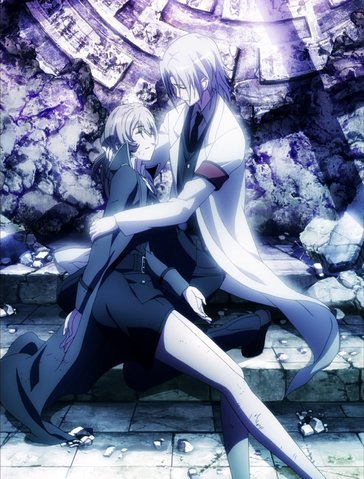
K Project's Inspiration
The subject that GoRA wished to tackle when taking reference from these events is obviously one: what if there there WAS a reason for the Allies to bomb Dresden?
What if something had been uncovered under the historic city, and was being studied to be turned into a weapon to use in the war?
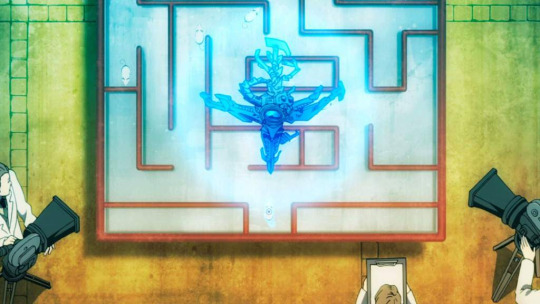
What if said weapon survived the raid and was taken elsewhere?
How would it affect the people who come in contact with its power?
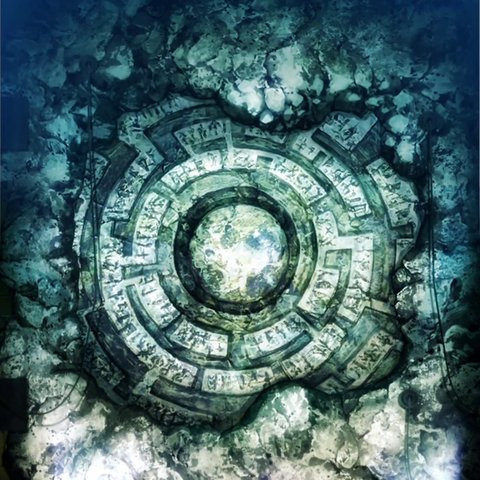
8 notes
·
View notes
Photo

Druzhba Sanatorium in Yalta, Ukraine, designed by Igor Vasilevsky, 1985 [building] via /r/architecture https://ift.tt/30XXNwg
2 notes
·
View notes